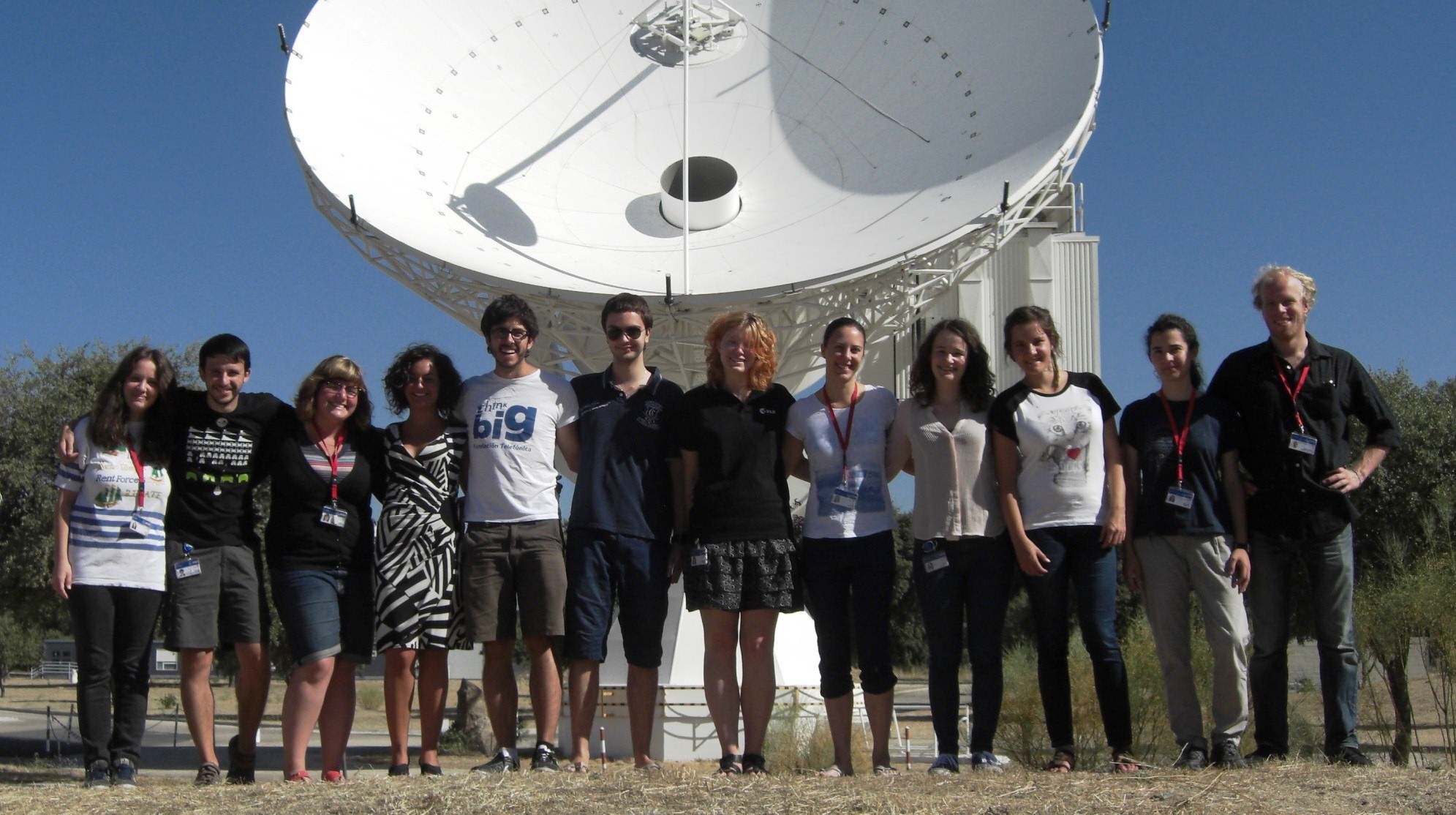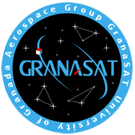Nos envían de la ESA esta información para alumnos interesados en el mundo aeroespacial y más concretamente en un programa de prácticas en la Agencia Espacial Europea.
Dear All,
We are pleased to announce the ESA student traineeships for 2016 at the European Space Astronomy Centre (ESAC), Madrid. We are offering 23 traineeships in 2016, including astrophysics, engineering and IT projects contributing to ESA missions such as BepiColombo, Gaia, Herschel, INTEGRAL, SMOS, XMM-Newton. The traineeships have a duration of three to six months and applicants should be in their final few years of an undergraduate degree or Master’s degree. All project descriptions and information can be found here (note the change of website):
http://www.cosmos.esa.int/web/esac-trainees/training-opportunities
{pdf}http://granasat.ugr.es/images/articulos/Noticias/ESA_Poster_Traineeships_sizeA3.pdf|heigth:800|width:600|app:google{/pdf}
The deadline is 12th January 2016. Students should apply and upload their CVs through our online application form. Please advertise the projects to any interested students and direct them to the above Training Opportunities web page and the following application form:
http://www.cosmos.esa.int/web/esac-trainees/application
Please contact me if you’d like any further information, and feel free to forward this on to your contacts and put the attached poster up in your university/institute.
Best regards,
Deborah Baines
deborah.baines@sciops.esa.int
ESAC Trainee Project
Introduction
Young student scientists and engineers regularly participate in trainee programmes which take place at the European Space Astronomy Centre (ESAC), where they contribute to the Gaia, Herschel, Integral, ISO, Planetary, SMOS, XMM-Newton, Virtual Observatory (VO), and Space Situational Awareness (SSA) missions, amongst other projects.
Trainees from universities all over Europe are involved.
The ESAC Trainee Project is part of the ESA Student Placement scheme and is organised and funded by the ESAC HR Service and the Science Operations Department, in collaboration with the ESAC Faculty and the ESA Education Office.

